Build a Watershed
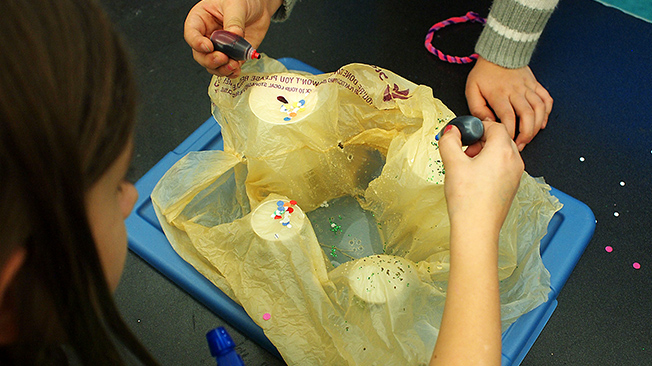
What Is This Activity?
Where does the water go when it rains? Find out by making it rain, right in your classroom! In this activity, kids build a simple model of a landscape to see how water droplets flow and how the shape of the land helps collect water. By adding materials such as food coloring or paper to their landscapes, they also see how water carries pollutants.
Introduction
-
-
00:00
What Are Kids Learning?
- A watershed is the land area that collects water and delivers it to a specific area like a lake or ocean.
- The shape of the land affects how and where the water flows.
- Water flows very slowly in a lake and quickly in a river.
- Flowing water can transport things.
- Water is vital for life, so it is important to know where it comes from and how to keep it clean.
How Do You Get Ready?
- Read the activity and gather the materials.
- Fill spray bottles with water.
- Place all the materials on a table large enough for the group to gather around.
Warm-up 5 minutes
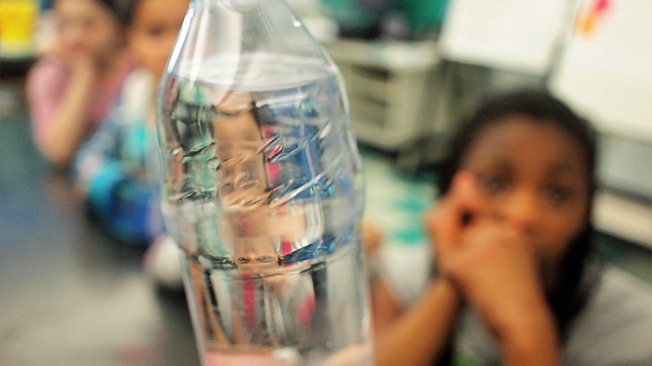
Spend a few minutes having a conversation with kids about water in their daily lives.
Ask:
- How many of you used water before you came to the program today?
- How did you use it?
- How else do you think the people in our community use water?
- Where do you think all that water comes from?Talk first about the water supply in your community-does it come from a lake? A river? Underground? Whatever the source, your water ultimately comes from rain or snow that is collected by watersheds (land area that collects water) and delivered by streams and rivers.
Then explain that today you will be exploring what happens to water when it falls on the land as rain or snow.
Activity 40 minutes
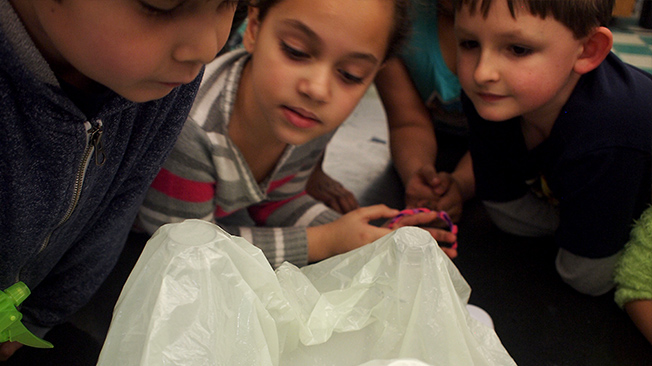
Part A What's a Watershed?
Gather the group around the table holding the materials. Define the term watershed and talk about how you might use the materials to make a model of a watershed.
Then build a large watershed model, incorporating student ideas if possible:
- Stack the containers on the large tray in a pile that's 1 to 2 feet high. Make an irregular mound with peaks, ridges, and valleys by draping a tarp or large plastic sheet over the containers
- Talk with kids about the model.
Ask:
- Where are there mountains or hills? How many mountains and hills do we have? Where do you think rivers and lakes might form?
- If we spray water on the mountain peaks, what will happen to it?The water will flow downhill.
- Where does the water come from in nature?Rain or snow
Then have kids take turns spraying the landscape with the spray bottle. What happens as they add water to the system? Can they see rivers and lakes forming?
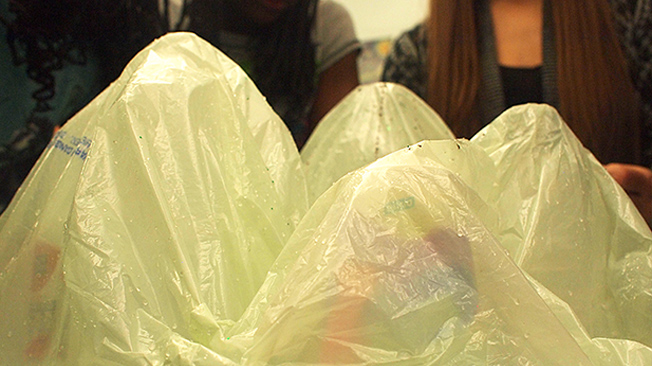
Part B Where Does the Water Go?
Have kids work in pairs to make their own smaller tabletop version of a watershed.
- Hand out the materials listed under "Small landscape model," with the exception of the cooking oil, food coloring, glitter, spices, cake sprinkles and spray bottles.
- Have kids build their own landscape of hills, valleys, lakes, and mountains.
- Ask kids to make predictions about where rainwater will collect in their landscape.
- Hand out spray bottles, and tell kids to take turns being "sprayers" and "observers."
Circulate as kids spray, asking each pair to explain what the water is doing and show you lakes and rivers in their model.

Part C What's In the Water?
Next, let kids experiment with how "pollutants" might travel through their watersheds. Show them the bottles of cooking oil, food coloring, glitter, and other materials.
Ask:
- What is pollution?Pollution is human-made materials in the environment that may be harmful to the organisms living there.
- Have you ever seen pollution? What did it look like?
- How could we use these materials to show how pollutants might travel through a watershed?Be sure students understand they should place the materials in different places on their watershed model, spray with water, and watch to see what happens.
Hand out the food coloring, glitter, and other materials after you have had this short conversation. If time permits, kids can wipe their models clean with towels, rebuild the landscape, and experiment with water and pollution again.
Wrap-up 15 minutes
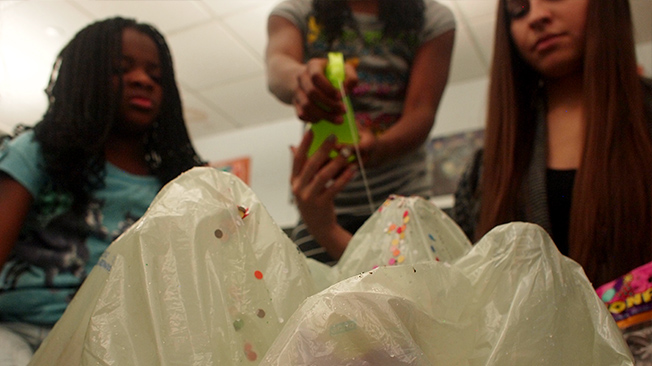
Take a "watershed tour" by having each pair present their watershed to the group.
Ask:
- Where's the biggest lake in your model? The smallest?
- Where does the water in the lake come from?
- Where are the streams and rivers in your model?
- How did you add pollution to the model? What happened when you added it?
- If you drip food coloring or glitter into one of the rivers, where does it go when it rains?
- How quickly does it spread? Are there any places in the landscape where it doesn't go?
Finally, talk with the kids about the watershed you are a part of. What do kids think this activity has to do with the water you drink? The water you drink comes from a watershed-this is why it is important that we try not to pollute either the water or the land. Anything that pollutes the land will eventually wind up in the water!
Explore Some More
Follow the Water
Pour a bucket or two of water on a driveway or along a curb. For as long as you can, follow where it goes.
Ask:
- What kind of path does the water follow? Does it all go in one direction? Does it go into a drain? How much evaporates before getting to a drain-a little, a lot, all?
- Pour a bucket or two of water on an unpaved area, like a lawn or yard. Compare how this water behaves compared to the water that was poured on the paved area.
- What examples can you find of things being carried away by flowing water?
Where Will the Water Go?
Google Earth is a powerful and fun mapping tool. Find your location by entering the address in the search box, then drag the "street view" icon onto the map. Kids can tour the neighborhood by using the navigation tools. Note the elevation readout at the bottom of the screen. Find the elevation of your location and of other landmarks, such as parks or shopping centers. Use these elevation readings to determine the high and low points in your neighborhood. Can kids predict how water will flow out of their neighborhood when it rains? Are some parts of their neighborhood more likely to flood during heavy rains than others?

